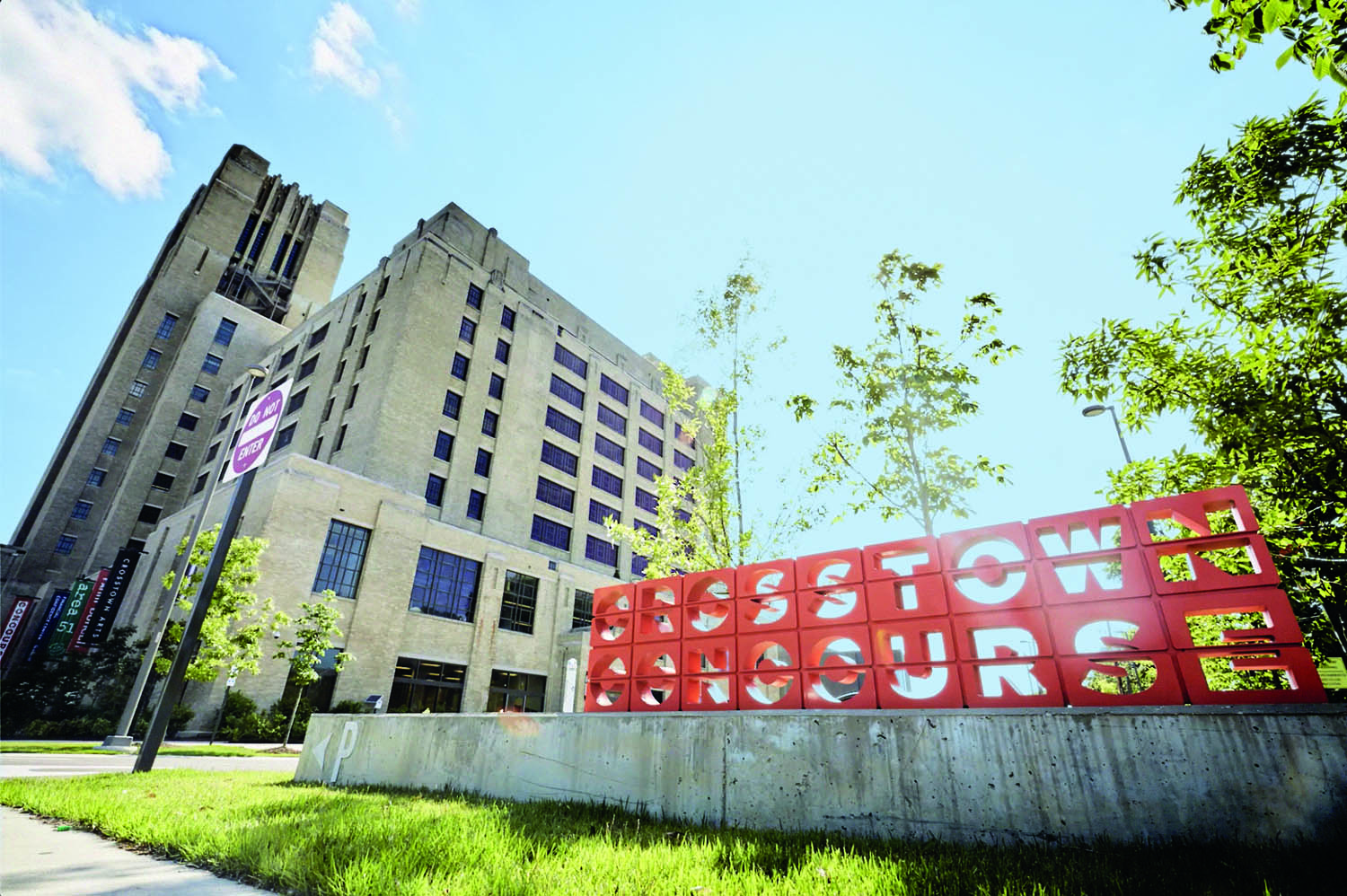The United States covers more than 3.7 million square miles. It’s a vast country populated by communities big and small, urban and rural. Among these communities are schools that are also big and small, urban and rural. The same can be said of the XQ schools operating throughout America. Each is unique—their students, their staffs, their approaches to education in a fast-changing world—and that’s exactly what makes them special. Yet, rethinking high school was never meant to happen in a vacuum. The insights and learnings gained on each campus are meant to be shared across the XQ community. That’s why educators and students are given the opportunity to visit each other’s schools throughout the year. It’s an experience that’s equal parts field trip and Knowledge Exchange.
Astounded by the majesty of the Grand Canyon at sunset, I realized that travel was the best form of education. I also wished I could have experienced that in my youth, so I would have a much better base for my future learning to build upon. At Elizabethton High, our new model is built around a community focus, which mostly means our own community of Elizabethton and the surrounding areas. But what better way to learn about your own community than by being exposed to others. With that, the Student and Teacher Exchange was born. We decided the perfect place to begin was our XQ sister school, Crosstown High, in our own state to help our students see the diversity within Tennessee itself.
Each school exchanged 4 students and 2 teachers over a 3-day period. Elizabethton is a traditional high school founded almost 100 years ago while Crosstown High is a new school intentionally designed to break down the conventions of traditional public education.

As the Elizabethton students became accustomed to their niche inside the landscape of the Crosstown Concourse (a so-called “vertical urban village”), they quickly noticed differences in the educational design and curriculum of the schools.
Gabe honed in on the academic freedom that students had to take their projects in the direction that the students desired. Dawson liked the competencies that students focused on instead of just memorizing standards, and how those competencies were given a place to live on a central wall in the school. Caleb noticed the increased expression of student voice as students created various artifacts, artwork, and displays throughout the school.
Students were especially intrigued by the abundance of technology and the focus on student-led inquiry that student-owned tech provides.
The Crosstown students quickly blended into the close-knit community of Elizabethton and immediately noticed the cultural differences as well.
Mike enjoyed the feeling of community in the classes and the hands-on feel of the vocational classes. Ray commented that the traditions of the school seemed to create cohesiveness such as morning announcements. He particularly enjoyed the pep rally and Friday night football game. DeaDrick, however, was perhaps the most enthralled by this cultural exchange and was quick to develop friendships within the school.
More than just the academics, students quickly began to notice the different cultures as well.
Crosstown students like DeaDrick felt that although the racial makeup of Elizabethton is very different from that of Memphis, he always felt very invited and just like a regular student. Thomas felt the school was like a tight-knit community integrated into a larger community saying teachers knew his name before he even came into their class.
As an added bonus, Crosstown students and teachers were lodged in cabins nestled on a scenic riverbank with the Appalachia fall colors on full display. They spent their free time making campfires, skipping rocks, toasting marshmallows, and hearing scary stories under the stars.
The Elizabethton students on the exchange noticed the feeling of freedom that permeated the academic climate.
Gabe noticed that the relationship between the teachers and students allowing them to lead their own learning. Caleb also enjoyed the “base camp” model where students had time to design their own time to work on individual project needs. Dawson noticed that although the cultural makeup of Memphis and Elizabethton are very different, people everywhere are pretty much the same on the inside. The students really felt that they were allowed to meld into the culture of a big city by spending their nights in a loft apartment, interacting with the many shops and restaurants in Crosstown Concourse, and seeing the culture of Beale Street.

Teachers and students began to work on ideas to collaborate on cross-state projects in the coming months.
They also want to share their ideas about competency-based education with representatives from the state department. The Elizabethton representatives have been invited to the monthly school board meeting to share their reflections.
Deadrick, inspired by his newfound love for Appalachia, is even researching how to create a domestic student exchange program where students can exchange between schools in the same state. If feasible, Deadrick wants to try and spend his first 9 weeks of junior year as an Elizabethton student, living and learning in a different culture.
As Crosstown Teacher Ryan Pryor summarized, “We broke down so many presumed barriers in just the last two days, people all over America need more of this. People think we are more divided now than ever, but as a history teacher, I know that isn’t true.”
Maybe Dawson was right, people everywhere are at heart the same, it is just that we don’t often get to venture beyond our homes and into communities that look and sound different from our own.
TAGS:



 Tweet
Tweet 



